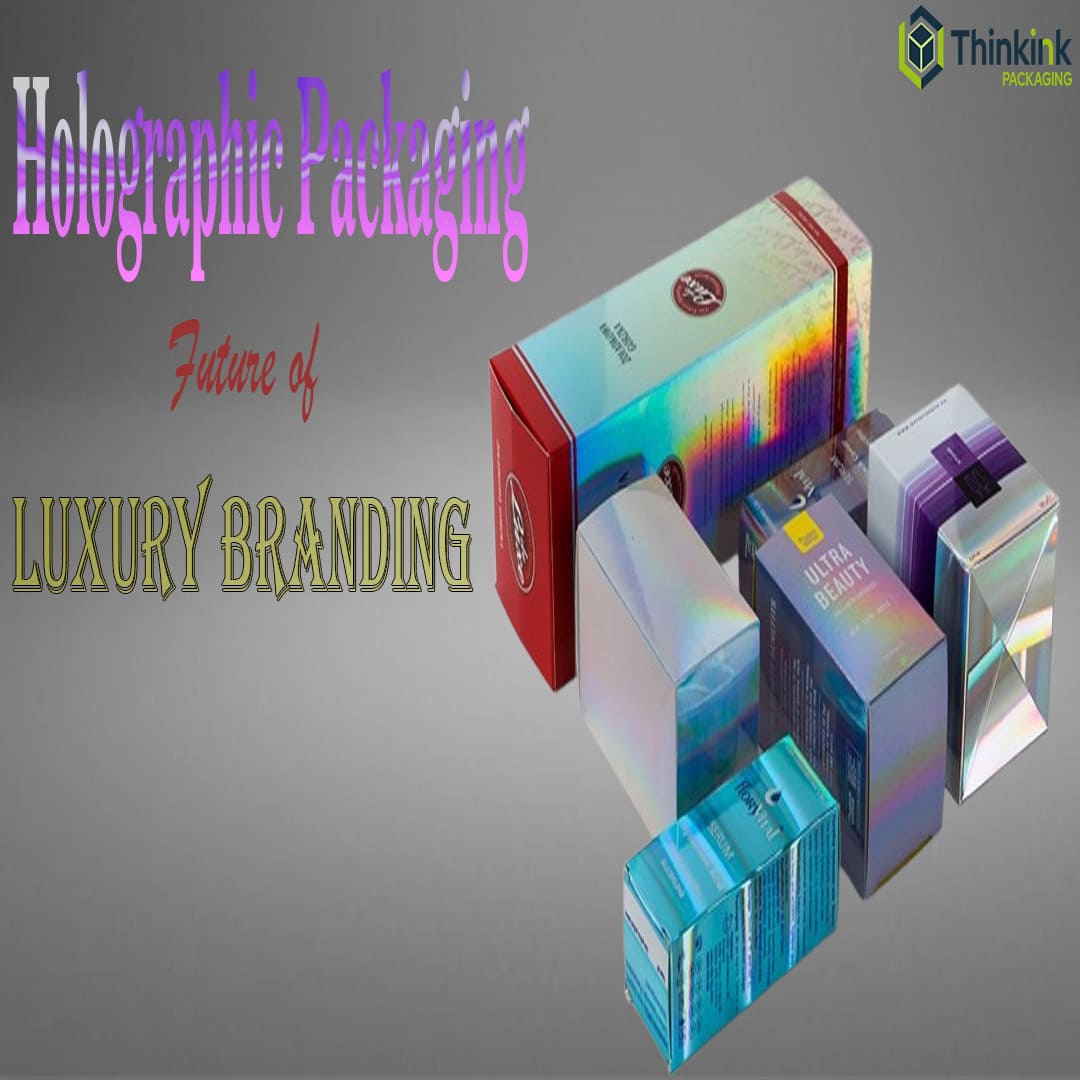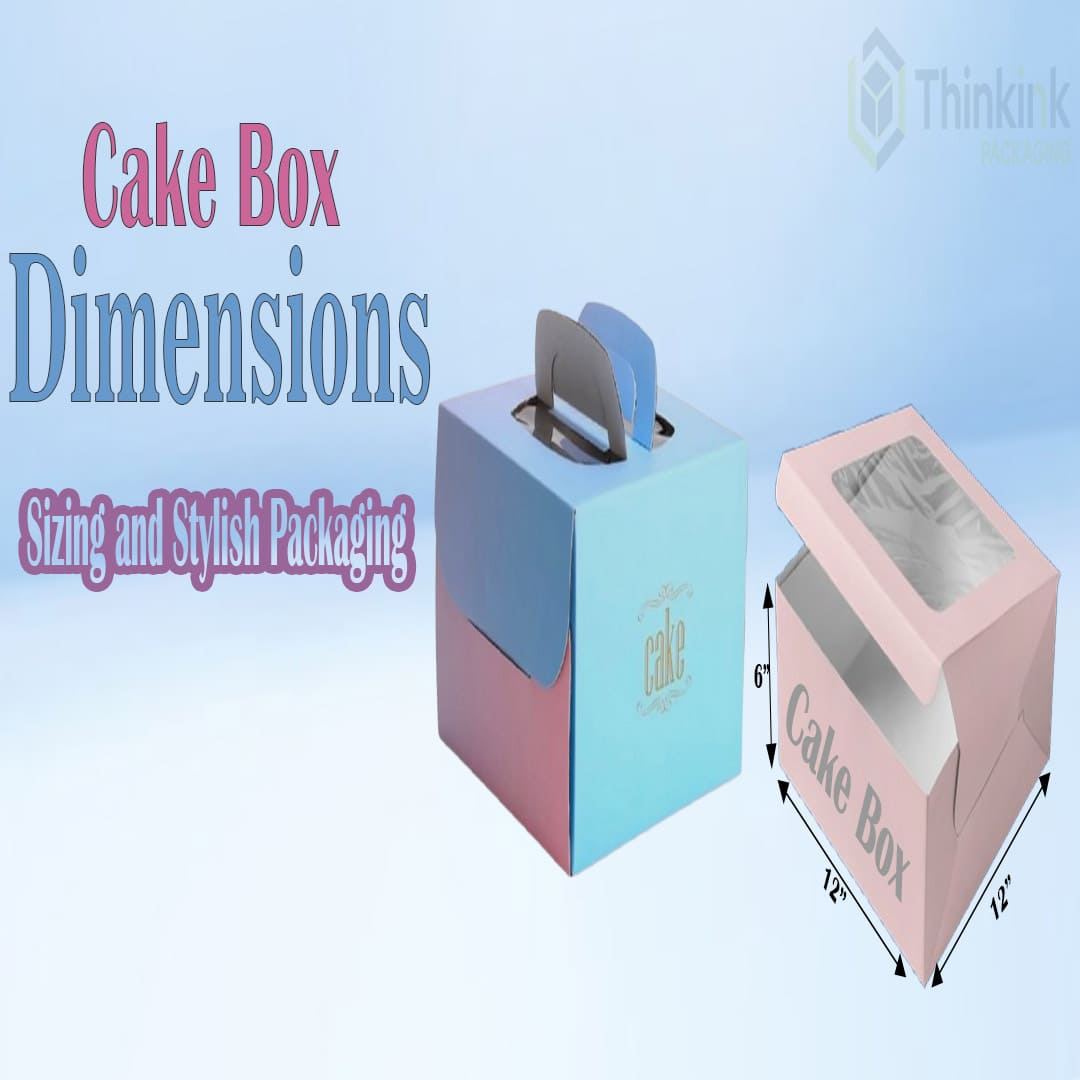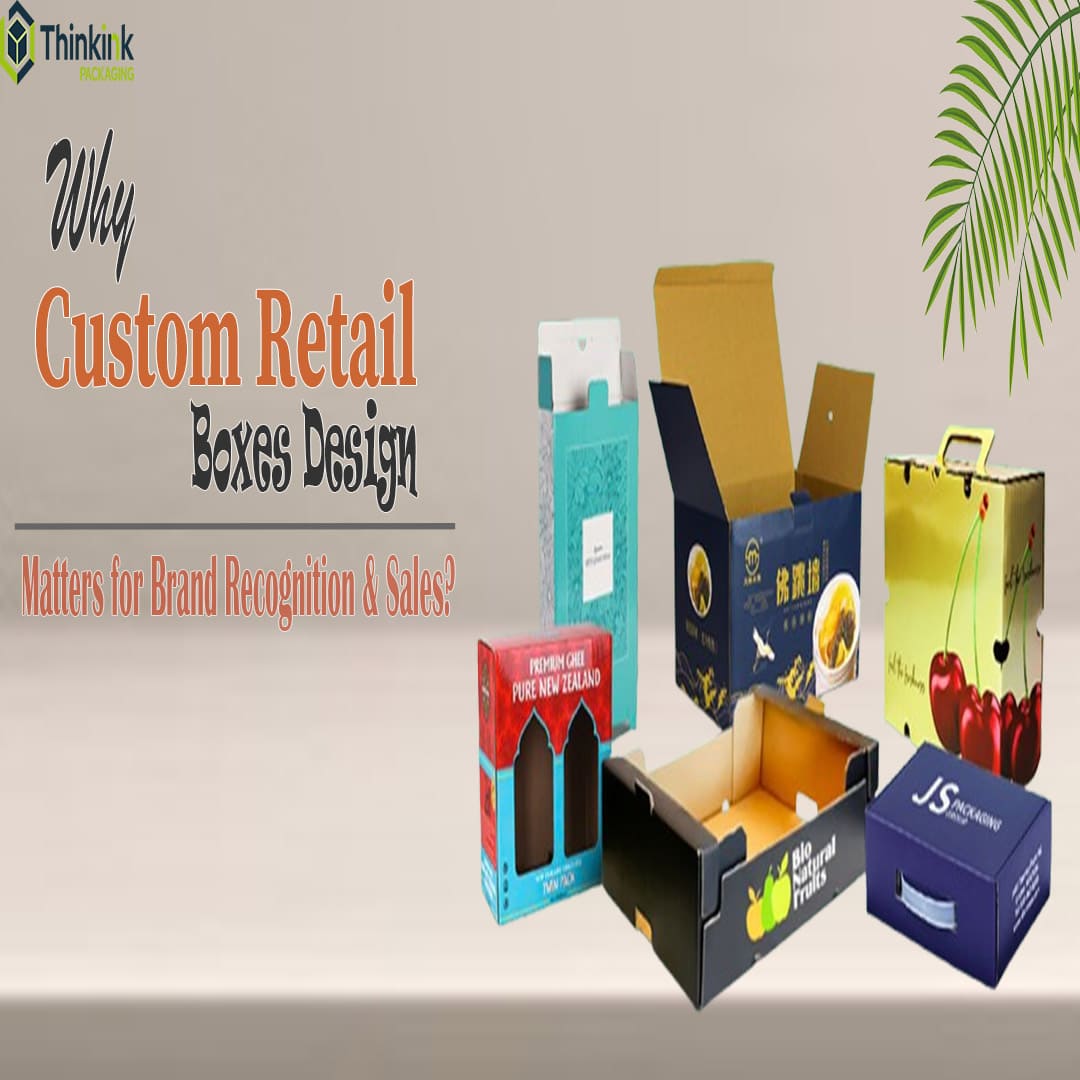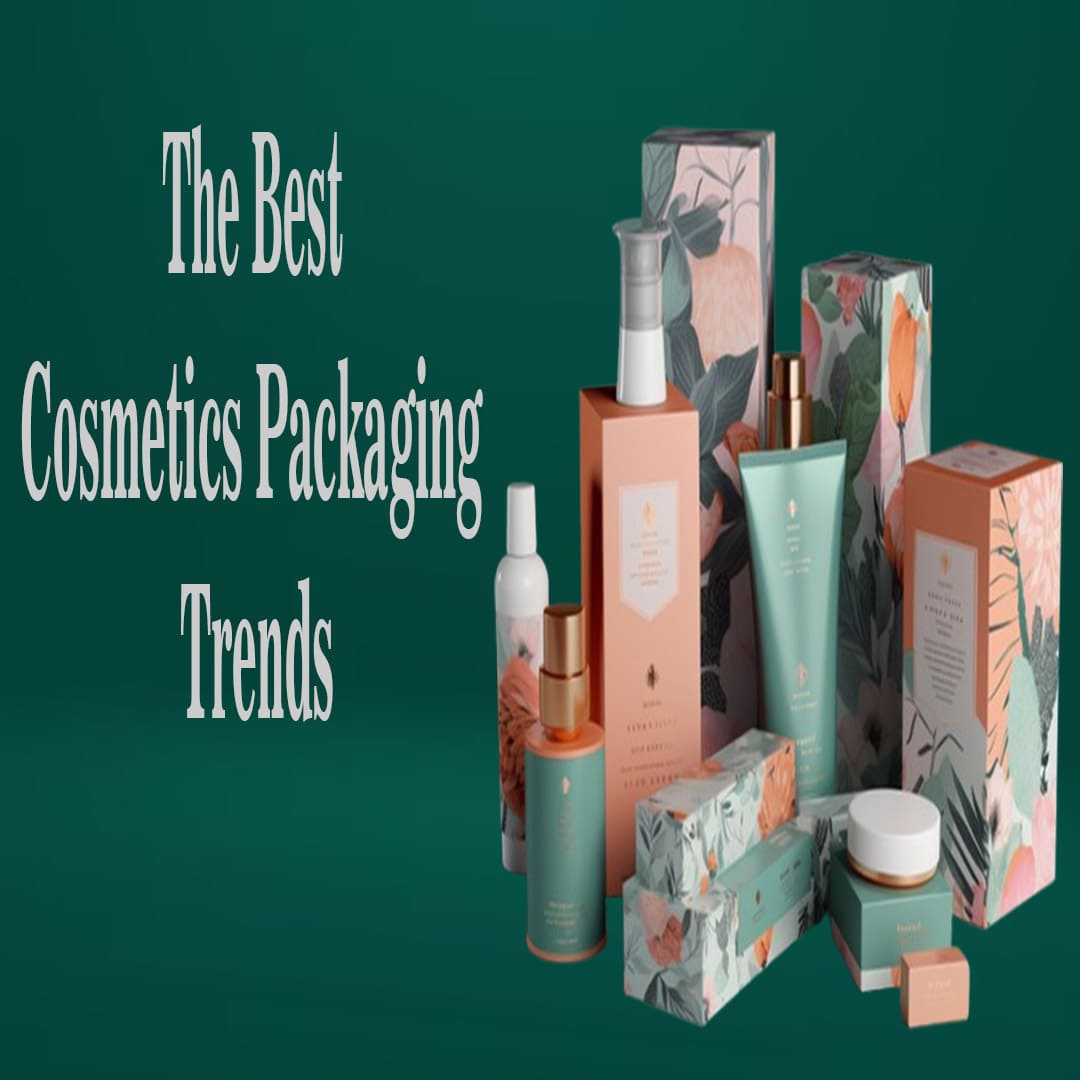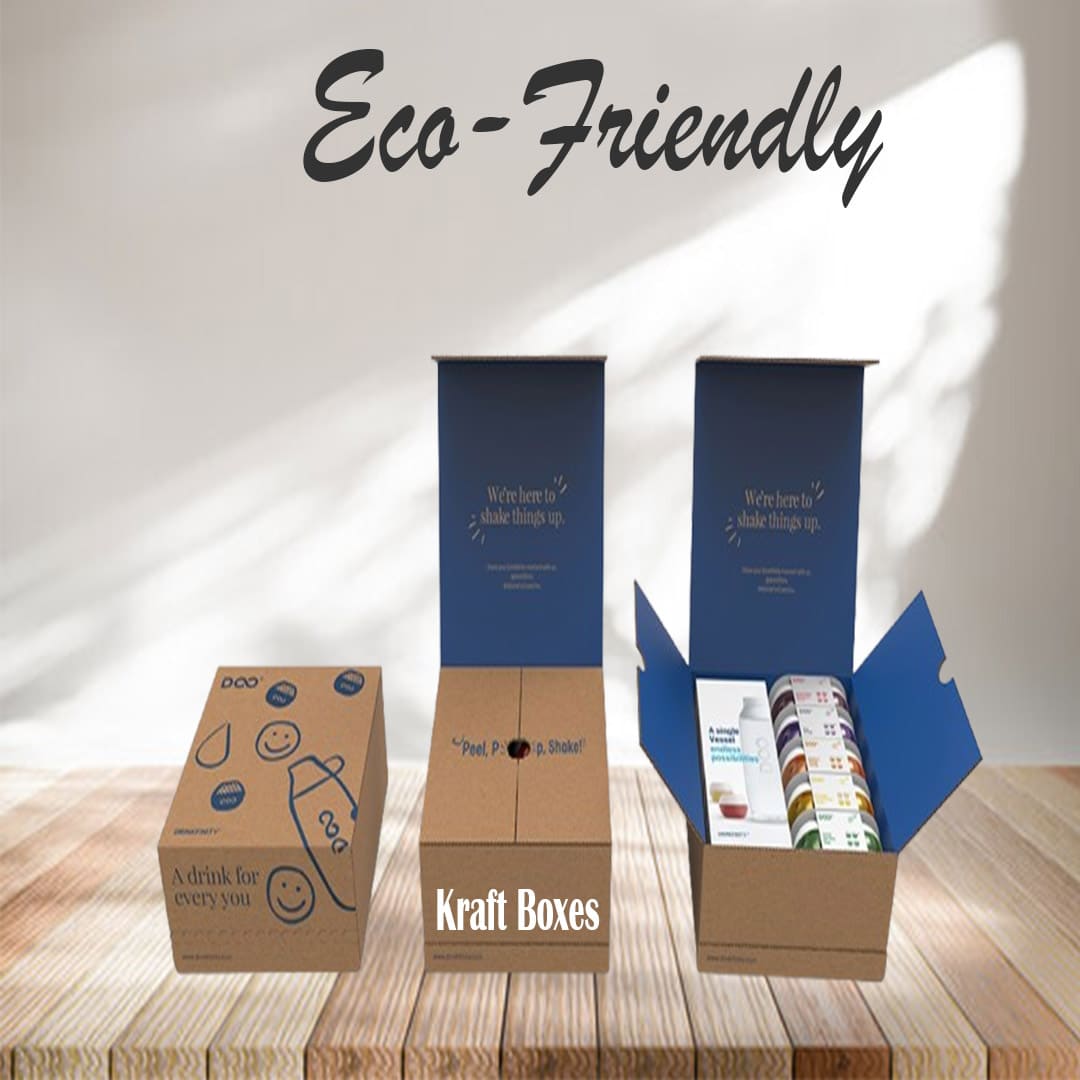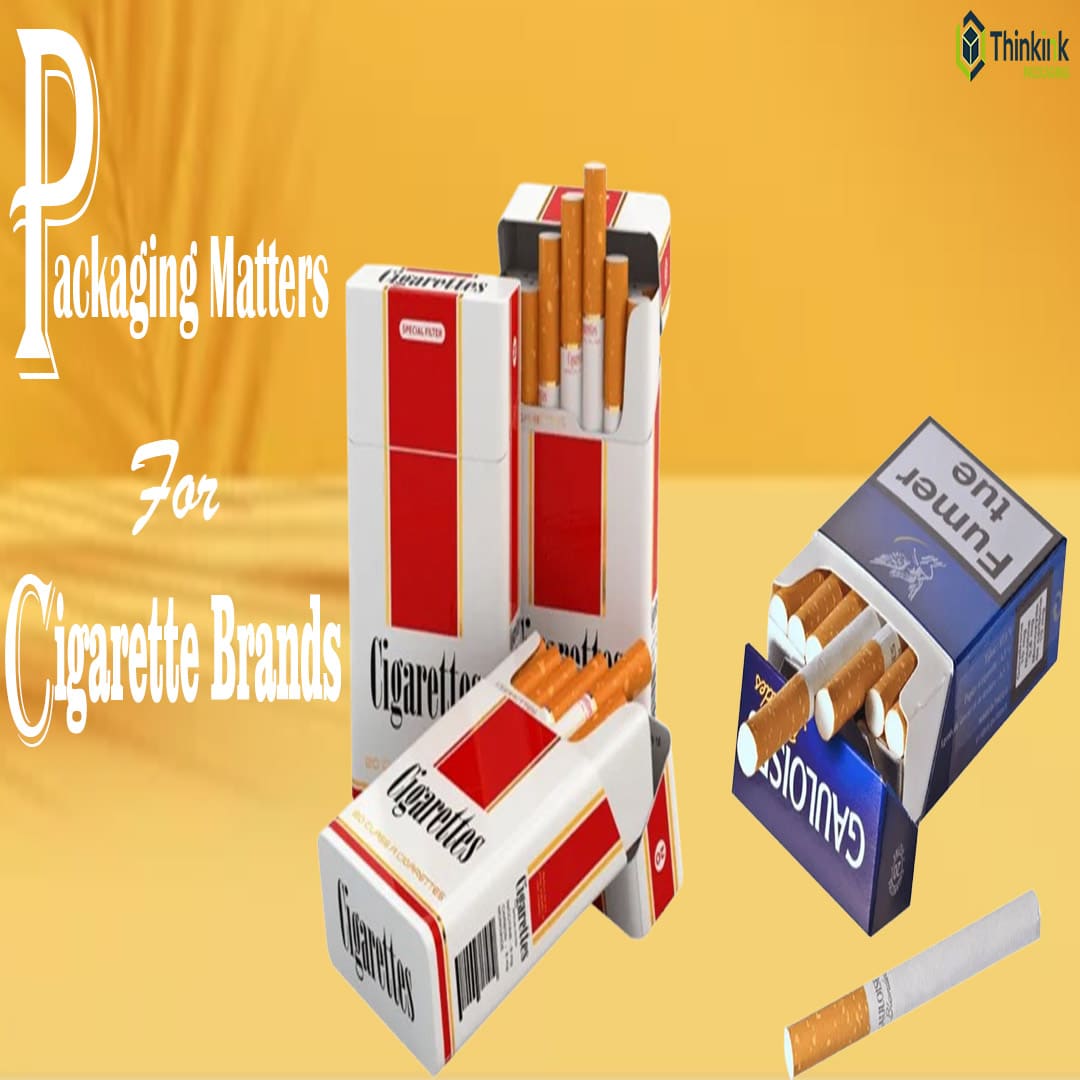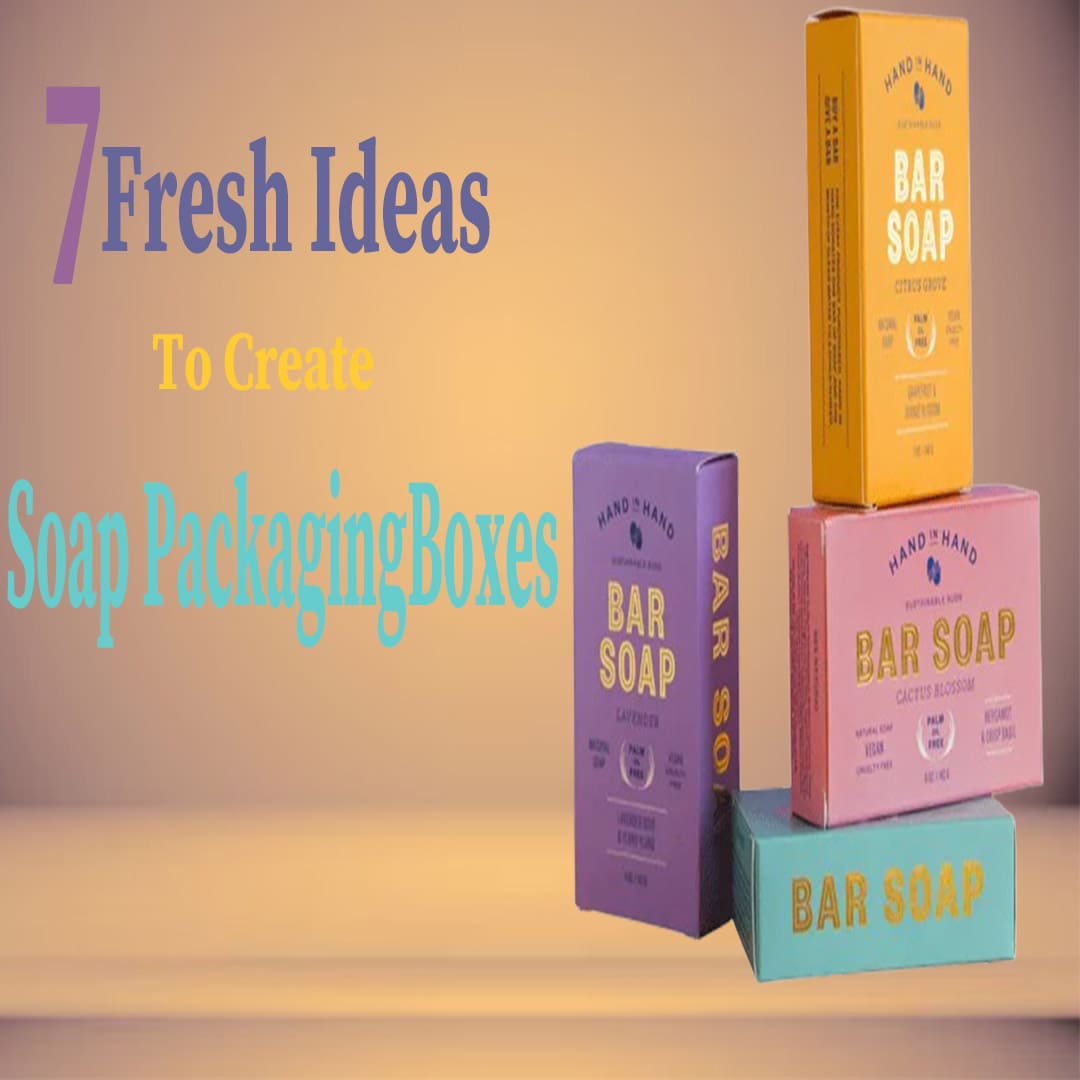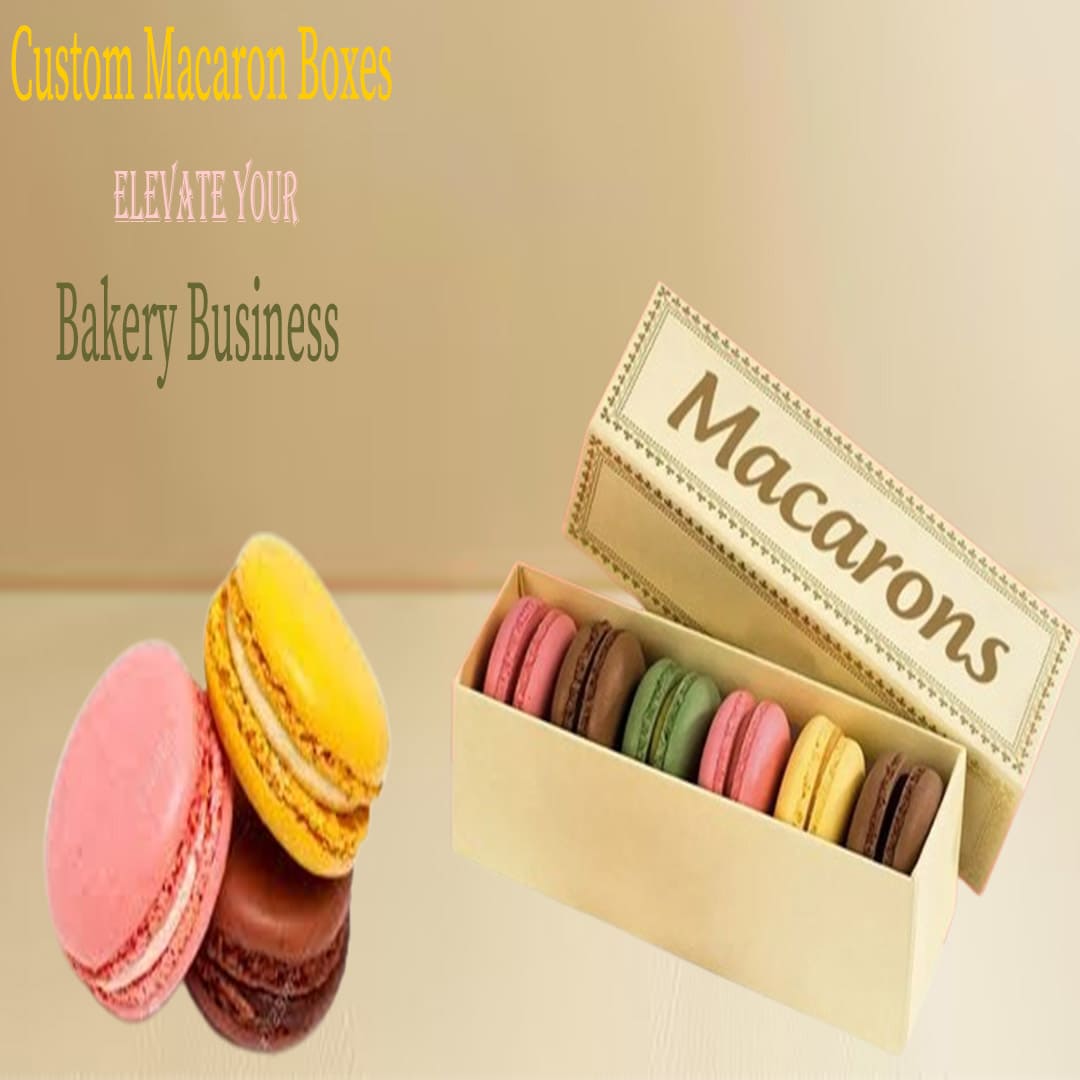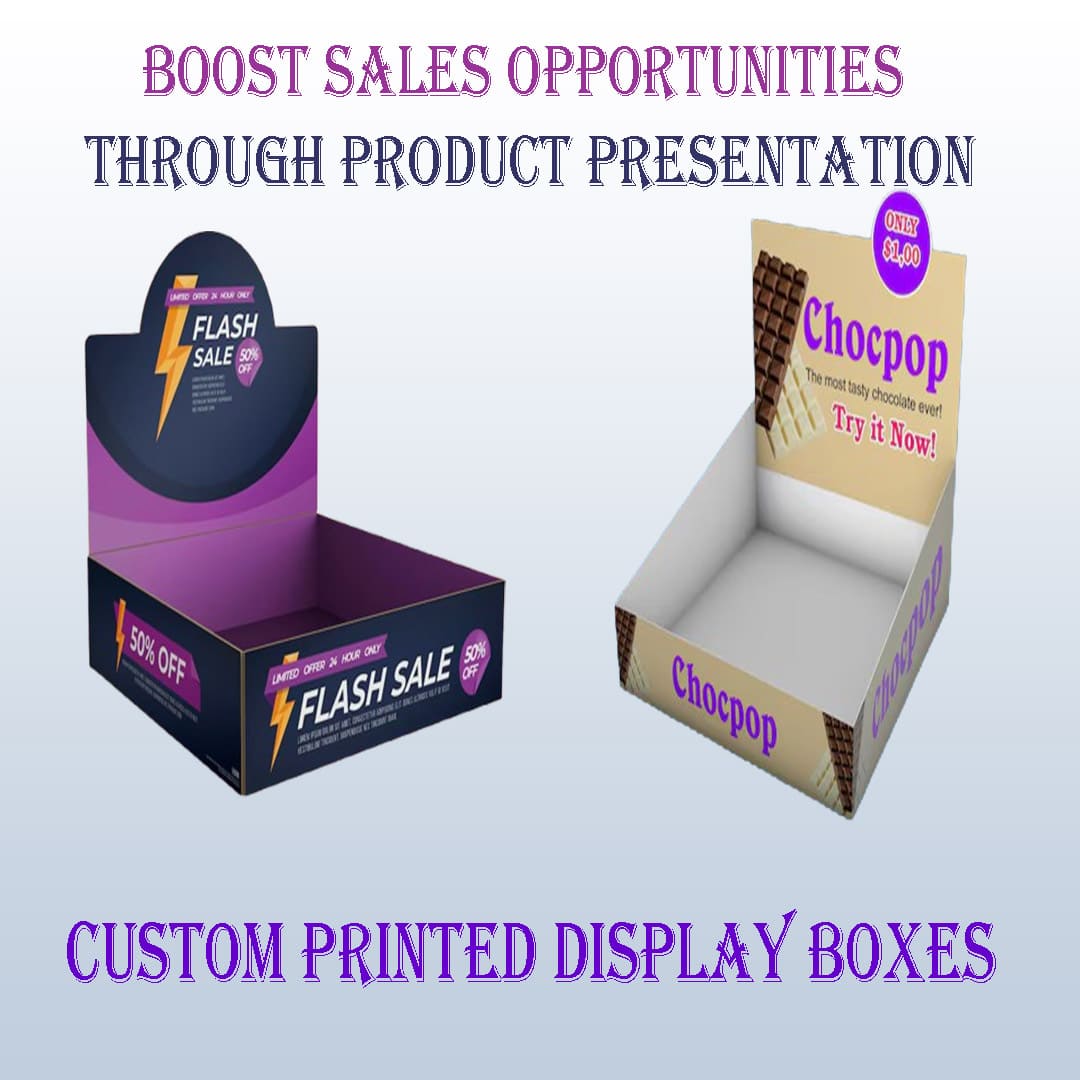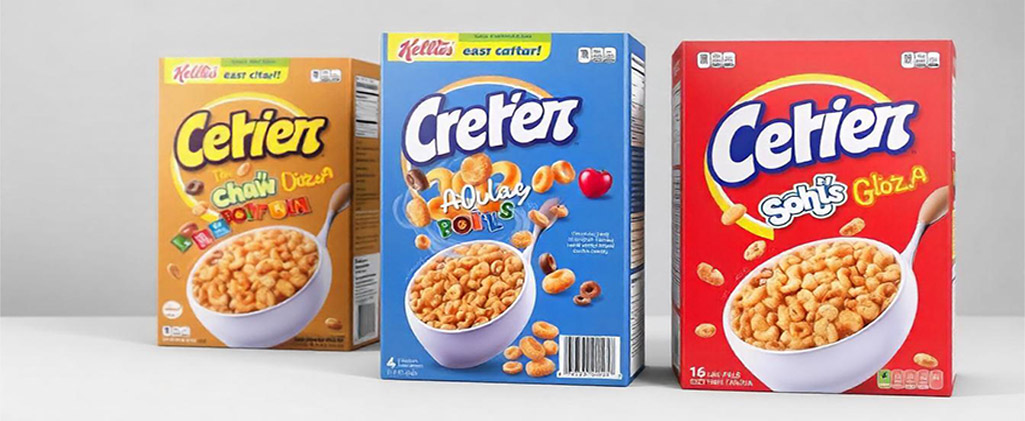
Table of Contents
Have you ever wondered why almost all cereal boxes you see on store shelves are rectangular? You’re not alone. It’s something many of us might not think about, but there’s a good reason for it. Packaging plays a vital role in making sure cereals stay fresh, are easy to store, and grab your attention when you're shopping. Let's explore why rectangular boxes have become the standard shape for cereals.
The History of Cereal Packaging
Cereal packaging has come a long way since the first cereal products hit the shelves. Initially, cereals were sold in loose containers or bags. Over time, manufacturers realized that they needed a better way to store and display these products, so cereal brands started to use boxes.
The rectangular shape wasn’t chosen by accident. It became popular for a number of practical reasons that benefited both manufacturers and consumers. It’s a shape that allows cereals to be stored and shipped easily, while also providing enough space for eye-catching graphics and designs.
Why Rectangular Boxes Are Ideal for Cereals
The classic rectangular cereal box shape is not only convenient but also practical. Here are a few key reasons why this shape has remained the go-to choice for cereal packaging.
1. Maximizing Shelf Space
One of the biggest reasons for the rectangular shape is shelf space. Grocery stores need to display as many products as possible, and the rectangular shape allows for easy stacking and organizing. By using rectangular boxes, brands can maximize the number of boxes on store shelves. This means more cereals are available, and customers can find their favorite products more easily.
2. Efficient Packaging Techniques
The packaging techniques used in producing cereal boxes are optimized for rectangular shapes. This is because rectangular boxes are easy to manufacture using die-cut processes. The customized cereal boxes can be produced quickly and in bulk, which keeps costs down for manufacturers. The shape also allows for easy filling and sealing of the box, ensuring that cereals stay fresh and secure during transport.
3. What Materials are Used for Cereal Packaging?
Cereal boxes are typically made from paperboard, corrugated cardboard, or cardstock. These materials are durable, lightweight, and perfect for protecting the cereals inside. The rectangular shape works well with these materials, making it easy to create strong, reliable packaging that keeps cereals safe. These recyclable boxes are also eco-friendly, which is an important consideration for consumers today.
Additionally, inside the box, the cereal is usually sealed in a plastic bag, which provides extra protection. This serving dish packaging keeps the cereal fresh by preventing air from getting in. Some premium cereals may even come in vacuum-sealed containers for added freshness.
4. Easy to Store at Home
Cereal boxes are easy to store on grocery shelves. They are also convenient for consumers at home. Rectangular boxes fit neatly in kitchen cupboards or pantries. Their slim design makes stacking easy. This helps store many boxes of different cereals without using too much space.
5. Cost-Effectiveness for Manufacturers
For manufacturers, rectangular cereal boxes are the most cost-effective option. Producing large quantities of these boxes in standard sizes ensures a competitive price for both retailers and consumers. Additionally, because shape is standard across the industry, manufacturers can save on the cost of creating custom boxes. Bulk production helps keep the cereal box price low, which is good news for consumers looking for discounts on cereal boxes.
How Cereal Box Designs Catch Your Eye
One big advantage of the rectangular cereal box shape is the space it offers for branding and marketing. The front and back of the box are prime spots for colorful cereal box graphics and attractive designs that catch your attention.
1. Customization and Branding
Cereal brands invest heavily in creating eye-catching packaging designs that draw customers in. The rectangular shape allows for a large, flat surface to showcase customized printed cereal boxes. These designs often feature bright colors, bold fonts, and fun images that appeal to both children and adults. Many boxes have a die-cut window. This lets consumers see the product inside. It can be a selling point for some cereals.
2. Logos and Special Effects
Brands can also use special effects to make their boxes stand out. This includes adding an embossed logo or a debossed logo that gives the packaging a 3D effect. Gold or silver foiling can add a touch of luxury to the packaging. This makes the cereal look more premium.
The ability to add these special finishes features makes custom boxes a great option for brands that want to differentiate themselves in a crowded market.
The Role of Cereal Box Dimensions
Cereal box dimensions also play a big role in why they are rectangular. A rectangular box can hold a good amount of cereal. It is easy for both customers and stores to handle. The standard sizes help retailers stack boxes on shelves. This makes the display look nice and saves space.
If the boxes were circular or irregularly shaped, it would be harder to stack them, leading to wasted shelf space. This would reduce the number of products that could be displayed, affecting sales. Rectangular boxes provide the best balance between size, storage, and presentation.
How Attractive Packaging Designs Increase Sales
The visual appeal of a cereal box can directly impact how well a product sells. Studies show that customers are more likely to buy a product if they find the packaging attractive. This is where cereal box features like fun graphics, logos, and even games on the back of the box come into play.
Many cereal brands target children with bright, playful designs, while others focus on adults with sleek, minimalist packaging. By offering a variety of designs, brands can appeal to a wide audience. In fact, you can learn more about designs of cereal box packaging and how they impact consumer behavior.
Eco-Friendly Packaging Trends
As consumers become more eco-conscious, cereal brands are also moving towards sustainable packaging solutions. Many companies now use recyclable boxes made from eco-friendly materials. These boxes are not only better for the environment but also appeal to customers who prioritize sustainability.
The switch to eco-friendly materials doesn’t sacrifice the quality of the packaging. In fact, corrugated cardboard and cardstock are both durable and recyclable, making them ideal materials for custom cereal boxes. This shift is part of a larger trend in the packaging industry towards reducing waste and promoting sustainability.
Final Words
Cereal boxes are rectangular for a good reason. This shape is practical and efficient for both makers and buyers. The shape helps stores use shelf space better. It also provides a great background for cereal box designs. Rectangular boxes are easy to store, cost-effective to produce, and eco-friendly.
As packaging techniques change, we will likely see better designs and materials in cereal boxes. However, the rectangular shape will probably remain the standard, providing the perfect balance between function and aesthetics.
If you are a cereal brand, you can find high-quality packaging options. Consider customized cereal boxes that fit your brand’s needs today.






